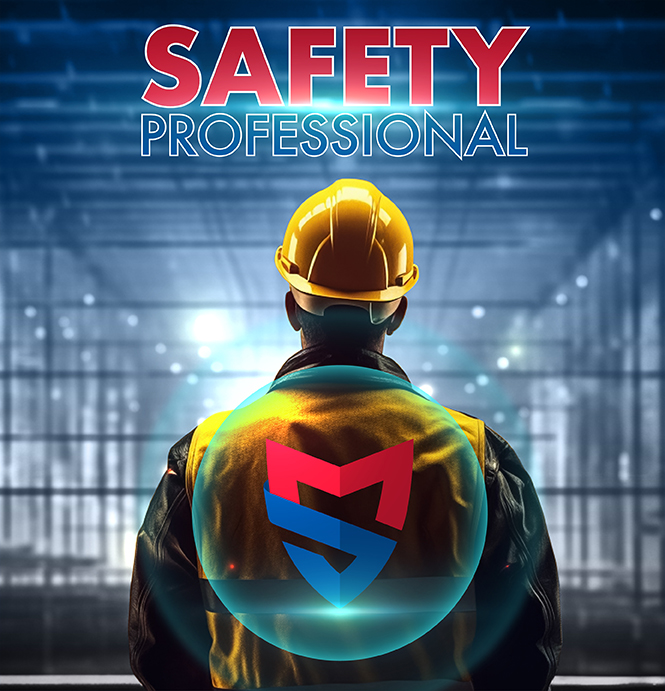
The role of a safety professional is no small feat. The reality is that at times you may feel the entire well-being of a company and its employees are in your hands and at times it just might be the case.
You’re tasked with determining the best way to prevent accidents, to help create a safe place to work, and get others to care about safety just as much as you do.
Not to mention, there are tons of rules and regulations that you’re expected to know and uphold.
So let's take a closer look at a day on the job as a safety professional – you get a better understanding of what it is to be a Health and Safety Professional, and you just might find a new appreciation for the safety profession.



The biggest responsibility of a safety professional is simple: keeping employees, the company, and the surrounding community safe from safety and environmental hazards. The way this is accomplished isn’t quite so black and white.
Every day holds something different for safety managers and team members. One day might start and end with the same audit, inspection, or training, while other days may be filled with a combination of incident management, reporting, safety planning, and observing.

One of the biggest challenges of safety professionals, regardless of team size, is time management. Given the above sample list of regular duties, safety is easily a full-time job for multiple employees within a company, regardless of company size or industry.
With so much responsibility, getting tasks completed in a timely, impactful way can be difficult. From logging data to reporting hazards to the need to be everywhere at once, safety professionals must rely on the help of others, even if they aren’t officially part of the safety department.

There’s no greater achievement for a safety professional than helping people care as much about safety as they do. It’s their job to help others see the impact of a safe workplace and want to participate to keep it that way.
It starts with creating a solid safety culture. This culture serves as the driving force behind every employee who prioritizes safe practices. By getting people to think of safety as something they want, not just something they need, safety managers have a better chance of creating a win for all.